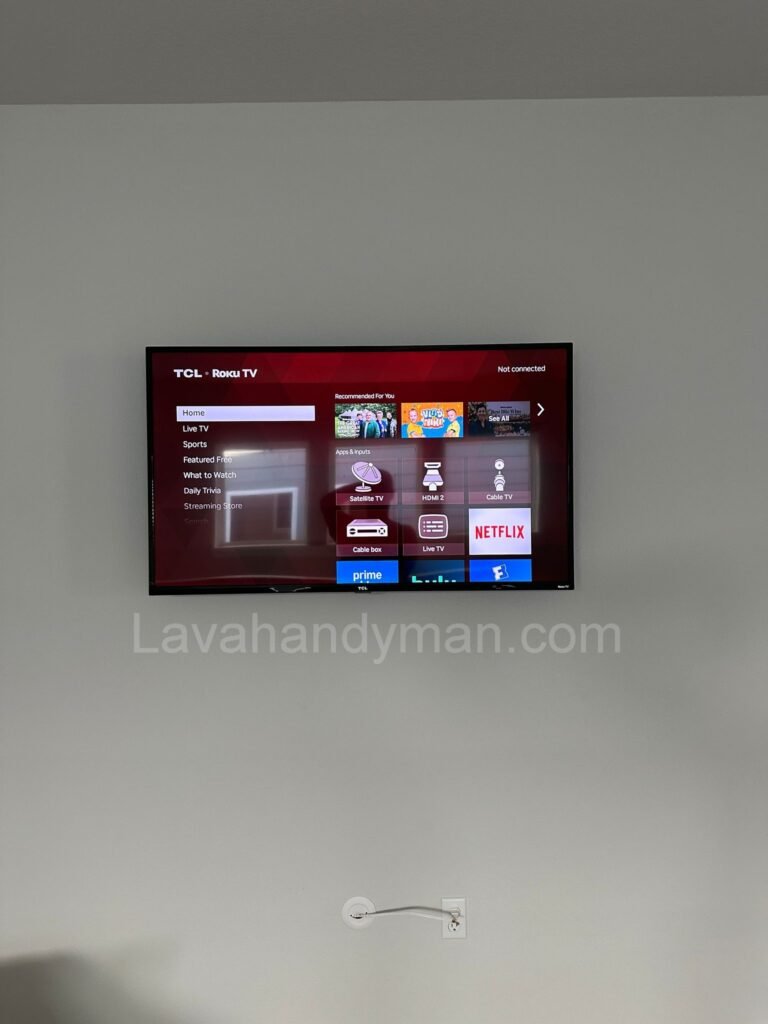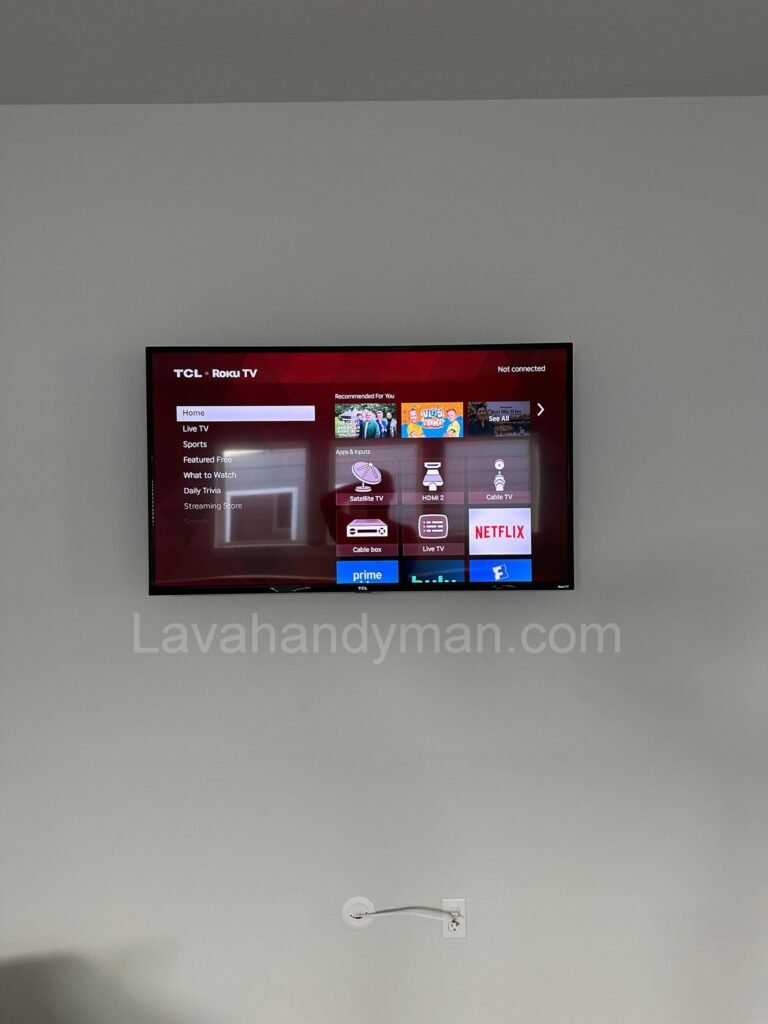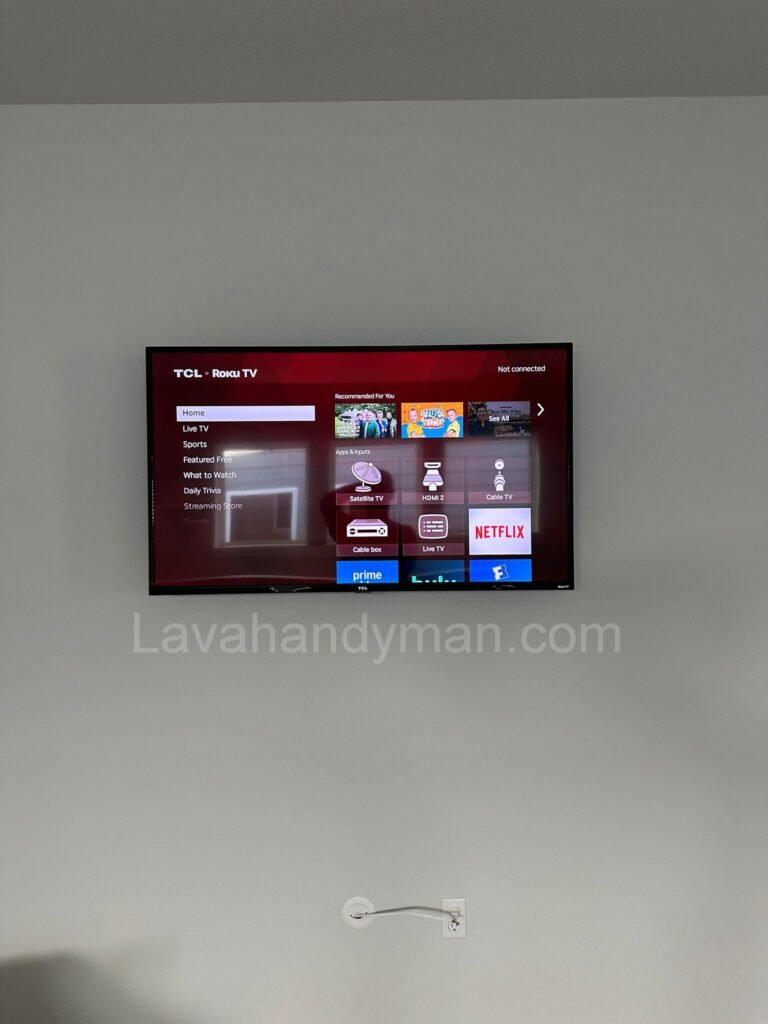Analysis and Optimization of RGB Pixel Array Structure in QD-OLED TVs
What is QD-OLED Technology and How Does It Work?
QD-OLED (Quantum Dot Organic Light-Emitting Diode) is a hybrid display technology that combines the advantages of OLED with Quantum Dot nanotechnology. It offers improved color reproduction, higher brightness, and exceptional contrast. At the heart of this technology lies the RGB pixel array structure, which plays a critical role in determining the image quality.
How is the RGB Pixel Structure in QD-OLED TVs Designed?
Unlike traditional OLED or WRGB OLED panels, QD-OLED displays use blue OLEDs as the sole light source. This blue light then passes through quantum dot filters, which convert it into green or red light, creating a complete RGB subpixel structure. Each pixel consists of three subpixels—Red, Green, and Blue—generated using this method.
Analysis and Optimization of RGB Pixel Array Structure in QD-OLED TVs
Main Components of QD-OLED Pixel Arrays:
- Blue Subpixel (OLED): The primary light source directly emitted from the OLED.
- Red and Green Subpixels: Produced by converting blue light using quantum dots.
- Quantum Dot Layers: Nanoscale materials that absorb blue light and re-emit it as green or red.

Advantages and Challenges of the QD-OLED Pixel Design
Advantages:
- More accurate and vibrant color reproduction (wide color gamut)
- Superior contrast due to self-emissive pixel structure
- No need for traditional color filters, reducing light loss
Analysis and Optimization of RGB Pixel Array Structure in QD-OLED TVs
Challenges:
- Inconsistent brightness among subpixels due to varying efficiency of quantum dots
- Non-traditional pixel alignment, such as triangular or diagonal layouts, which may cause edge color fringing
- Faster degradation of blue subpixels, which can shorten the panel’s lifespan over time
Optimizing the RGB Pixel Structure in QD-OLED Panels
1. Advanced Pixel Pattern Design
Using hexagonal or diagonal subpixel arrangements can increase pixel density, enhancing image sharpness and detail.
2. Enhanced Quantum Dot Efficiency
Improving the quantum dots’ material stability and emission efficiency leads to better brightness and lower power consumption, especially in red and green subpixels.
Analysis and Optimization of RGB Pixel Array Structure in QD-OLED TVs
3. Smart Color Management Algorithms
Employing AI-based image processing algorithms can dynamically balance the intensity of each subpixel, reducing burn-in effects and extending the TV’s usable life.
4. Nanostructured Reflective Layers
Adding nanostructured reflective or guiding layers between pixels helps improve light directionality, reduce internal light loss, and increase contrast.
Comparing QD-OLED to OLED and WRGB OLED
| Feature | QD-OLED | Traditional OLED | WRGB OLED |
|---|---|---|---|
| Color Accuracy | Very High | High | Moderate |
| Brightness | Higher | Medium | Higher |
| Color Gamut | Wide (especially in red & green) | Good | Limited |
| Lifespan | Improving with optimization | Shorter (especially blue) | Balanced |
What Makes QD-OLED Pixel Structure Unique?
Traditional OLED displays use organic emitters for red, green, and blue subpixels. However, each of these organic materials has a different lifespan and efficiency—particularly blue, which tends to degrade more quickly. WRGB OLEDs, used in many OLED TVs, introduce a white subpixel to boost brightness, but this comes at the expense of color precision.
QD-OLED diverges from both approaches:
- Only blue OLED emitters are used to generate light.
- Red and green subpixels are created by passing blue light through nanocrystal filters (quantum dots) that convert its wavelength.
- This structure allows for 100% color volume in DCI-P3 and high dynamic range, even at peak brightness.
Analysis and Optimization of RGB Pixel Array Structure in QD-OLED TVs
Technical Composition of a QD-OLED Pixel
A single pixel in a QD-OLED panel typically contains:
- A blue OLED subpixel for direct emission.
- Two quantum dot-coated subpixels that convert blue light into red and green.
- A color conversion layer (CCL) with photoluminescent quantum dots.
- Reflective layers and capping structures to prevent light bleeding and increase efficiency.
This combination yields a more spectrally pure red and green light compared to color filters, as no portion of the light spectrum is wasted.
Analysis and Optimization of RGB Pixel Array Structure in QD-OLED TVs

Performance Advantages Over Traditional Displays
- No Color Filter Absorption Loss
Traditional OLED panels with RGB filters lose up to 70% of emitted light in the filtering process. QD-OLED avoids this by using direct wavelength conversion, leading to higher luminous efficiency. - Higher Color Fidelity at High Brightness
Since each subpixel maintains its spectral identity regardless of brightness levels, QD-OLED TVs maintain vivid colors even under HDR conditions. - Better Subpixel Uniformity
Using a single emitter type (blue OLED) ensures consistent driving current and thermal behavior across subpixels.
Current Limitations and Design Challenges
Blue OLED Aging
Even though blue OLEDs are more efficient today than five years ago, they still degrade faster than red or green subpixels. This can eventually lead to:
- Image retention (burn-in)
- Color shift over long-term usage
Subpixel Geometry and Resolution Scaling
Some QD-OLED panels adopt a triangular RGB layout instead of a traditional vertical stripe. While this increases pixel aperture ratio and reduces cross-talk, it introduces complexity for subpixel rendering, particularly in UI elements or small fonts.
Analysis and Optimization of RGB Pixel Array Structure in QD-OLED TVs
Pathways to Optimization
1. Tandem Blue OLED Stacks
Stacking two or more blue OLED layers can enhance brightness while spreading out the current load, thus improving lifespan. This technology is already used in professional monitors and is expected to become mainstream in consumer panels.
2. Inorganic Quantum Dots
Moving away from cadmium-based dots to indium phosphide (InP) or perovskite quantum dots improves environmental safety and color tuning capabilities.
3. Pixel-Level AI Calibration
Newer TVs use on-chip machine learning algorithms to monitor pixel degradation and dynamically adjust luminance and color output per pixel—extending panel life and maintaining consistent image quality.
The Road Ahead: Beyond QD-OLED
The future of RGB pixel architecture may lie in:
Electroluminescent QDs: Emerging research aims to make quantum dots themselves emissive, removing the need for blue OLED backlights altogether.
QNED (Quantum Nanorod Emitting Diodes): Self-emissive quantum dot-based displays that eliminate OLED entirely.
MicroLED Arrays: RGB LEDs at microscopic scales with unmatched brightness and infinite contrast.
Analysis and Optimization of RGB Pixel Array Structure in QD-OLED TVs
Impact of QD-OLED Pixel Layout on User Experience
The structure and layout of subpixels in any display have a direct effect on the user experience, influencing image clarity, text sharpness, and motion rendering. In QD-OLED panels, the use of non-linear subpixel arrangements—such as triangular or diagonal layouts—can lead to both benefits and drawbacks:
- Smoother and more natural edges, especially in 4K video content or cinematic visuals
- Rendering issues in user interfaces, especially in white-on-black text or detailed graphics, unless the system’s rendering engine is optimized for the specific subpixel geometry
To mitigate these issues, companies like Samsung and Sony have developed custom rendering algorithms and driver-level adjustments to adapt pixel data to the actual subpixel structure of QD-OLED panels.
Manufacturing Innovations in QD-OLED Panels
Producing QD-OLED panels involves complex, high-precision nano-fabrication. Some notable innovations include:
- Quantum dot layers are deposited using inkjet printing, a method that requires micron-level accuracy to avoid color mixing and maintain pixel alignment.
- Thin Film Encapsulation (TFE) is used to protect the sensitive blue OLED material from moisture and oxygen exposure.
- To reduce ambient reflections and light scattering, anti-reflective coatings and nano-textured surface layers are applied, enhancing perceived contrast and readability under various lighting conditions.
Target Markets and Industrial Applications for QD-OLED
Thanks to its technical advantages, QD-OLED has gained traction in several key areas:
1. High-End Consumer TVs
Brands such as Sony (A95K) and Samsung (S95C) feature QD-OLED in their flagship TVs, offering an exceptional visual experience for cinephiles and hardcore gamers alike.
2. Professional Monitors for Creative Work
Graphic designers, video editors, and HDR content creators require accurate color reproduction and uniform brightness—features that QD-OLED panels are well-equipped to deliver.
3. Medical and Industrial Imaging (Future Potential)
In the future, with reduced costs and improved panel durability, QD-OLED could become viable for use in high-precision applications like medical imaging, surgery monitors, and control panels in industrial settings.
Analysis and Optimization of RGB Pixel Array Structure in QD-OLED TVs
Outlook: The Future of QD-OLED Technology
Market analysis suggests that QD-OLED is currently positioned in the premium display segment, but with ongoing advancements in mass production and manufacturing yields, it is expected to:
- Replace many WRGB OLED models in the high-end consumer space
- Gain market share in gaming monitors and creative workstations
- Serve as a transitional step toward next-gen technologies like QNED and MicroLED, combining QD-OLED’s color quality with higher light output and lifespan
Analysis and Optimization of RGB Pixel Array Structure in QD-OLED TVs
Conclusion
As QD-OLED technology evolves, optimizing the RGB pixel array structure is essential to achieving superior image quality, longer panel lifespan, and higher brightness. Advanced quantum dots, improved pixel layouts, and intelligent image processing collectively pave the way for the next generation of high-performance displays.
At LavaHandyman.com, we don’t just help you understand TV tech — we also offer expert TV installation services, making sure your home entertainment setup looks and performs at its best.
📞 Need Help?
Let us take care of the hard work while you sit back and relax.
📍 Serving: Austin, Round Rock, Cedar Park & more
📱 Call or Text: (737) 420-6992
🌐 Visit: https://lavahandyman.com


